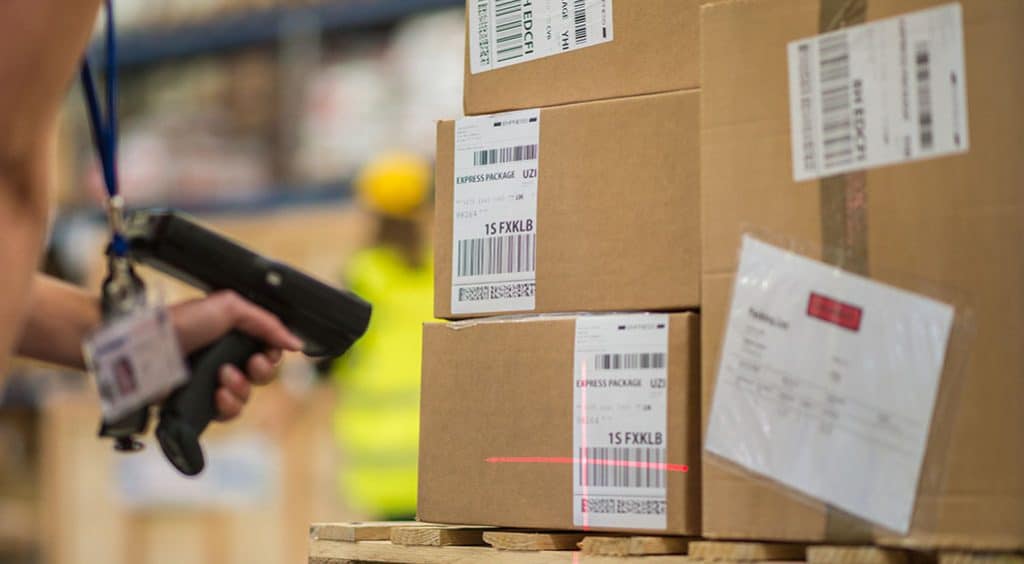A truckload of quarantine gym sets, home office equipment, and toilet paper
As the impact from COVID-19 continues and shoppers stock up on dumbbells, office desks, and toilet paper, you might have noticed that dreadful, six-weeks out shipping date or, even worse, the out of stock message across some of your favorite retail sites.
The recent demand for goods sold online has disrupted supply chain management so much so that the playbooks for sourcing, manufacturing, and delivering goods, all need to be revised. As Lora Cecere puts it, “We are living in a case study of adapting day-after-day to disruption: a dance with the virus.” If quarantining has proved anything, it’s that shopping online is convenient, can be cost-effective, and is defining the new normal. Unless, of course, you can’t find a set of 25-pound dumbbells that are under $150 (we’re talking to you, Amazon!)
But the story isn’t about why a set of weights can’t be found online right now, the story is about how the demand for online goods has caused an unexpected surge in ecommerce and put the parcel delivery industry at the forefront of the impact.
In 2019, the rate at which goods were put in the hands of the consumer could be easily forecasted by manufacturers and the delivery industry—the supply chain playbook worked! But, what happens when there’s a sudden 77% increase in online spending and items need to be sent to consumers at a rate we’ve never seen or prepared for? The parcel delivery industry will feel the strain of the demand.
With an increase in online orders, shipping delays are also increasing. Transportation Impact reports that 72% of FedEx’s total package volume is considered Domestic Residential, comparing that number to 56% last year. The influx of residential deliveries challenges major carriers’ delivery networks as they are “designed to maximize the number of shipments and minimize the number of stops…” states Bryan Byrd. Carriers are now delivering more packages that vary in size and are making more frequent stops, contributing to the delivery delay and service impacts that consumers may be experiencing.
According to April Berthene from Digital Commerce 360, “The three major shipping carriers, FedEx, UPS, and the United States Postal Service, have all dipped in their percent of deliveries that are on-time since the start of March. As of April 14, USPS delivered the most on-time orders at 89.3%, UPS was next at 86.0%, followed by FedEx at 81.7%. All three carriers were around a 90% or higher for on-time delivery rate at the start of March, according to Convey. Shipping carriers have increasingly cited the coronavirus as the reason for the delay, according to Convey data.”
As a fetch community, here’s what you need to know:
Due to a continuing record of online orders, Fetch has seen a 59% increase year-over-year in average package volume per apartment home. In other words, COVID-19 has massively accelerated the number of packages we are receiving from carriers, scanning into our system, and distributing to residents. Although our industry (and the world) could never have prepared for the impacts of this pandemic, the Fetch team is feeling invigorated by the challenge. With a laser focus on building our courier network, operations team, hardware, and technology we plan to lean into the innovation and company growth that is necessary for us to come out stronger on the other side of this. With that being said, if you or someone you know wants to join us, we’re hiring across the board and would love to connect. As we like to say here at Fetch, Delivery Drives Us and we look forward to rising to the occasion in order to deliver the care and service that our clients and residents need during this time.








